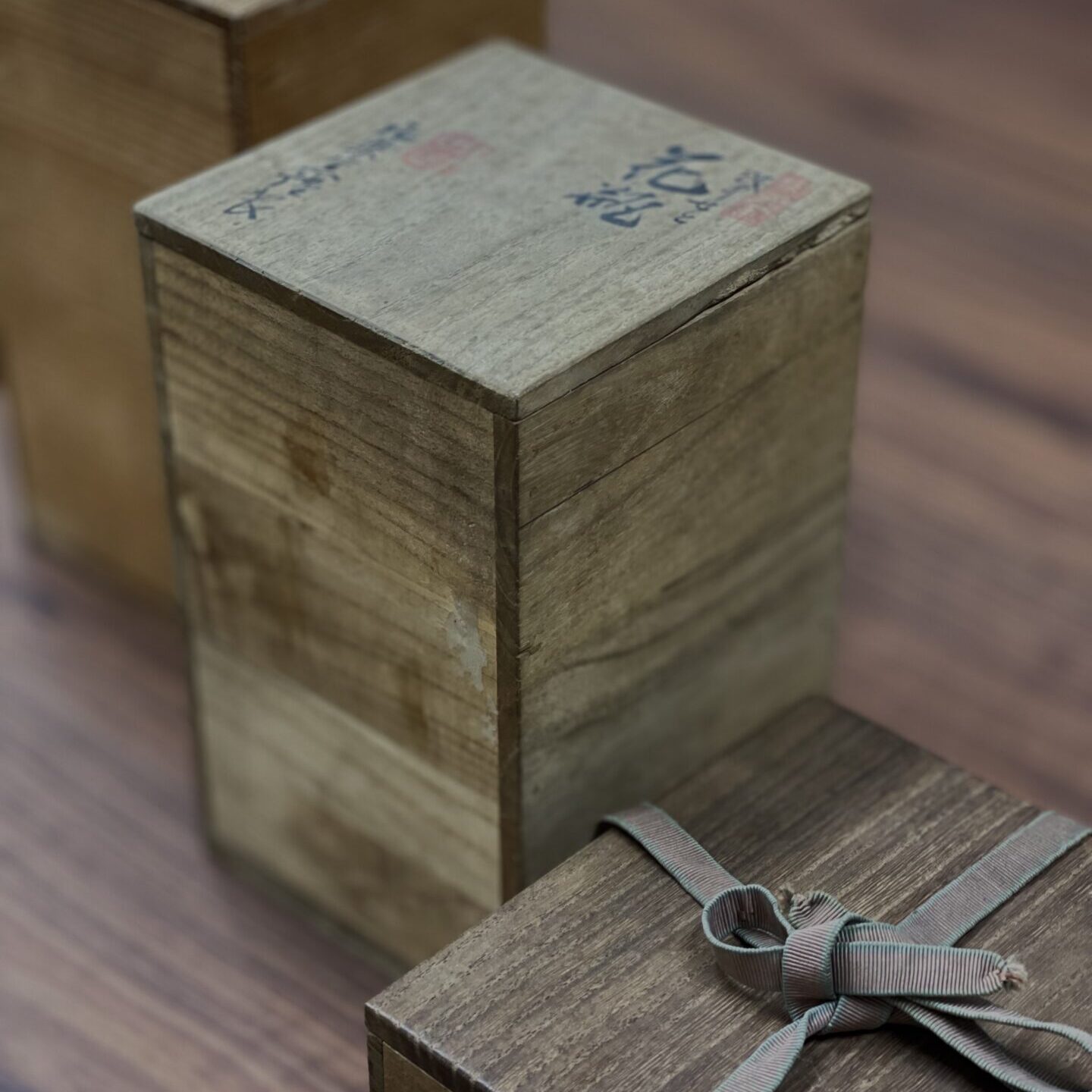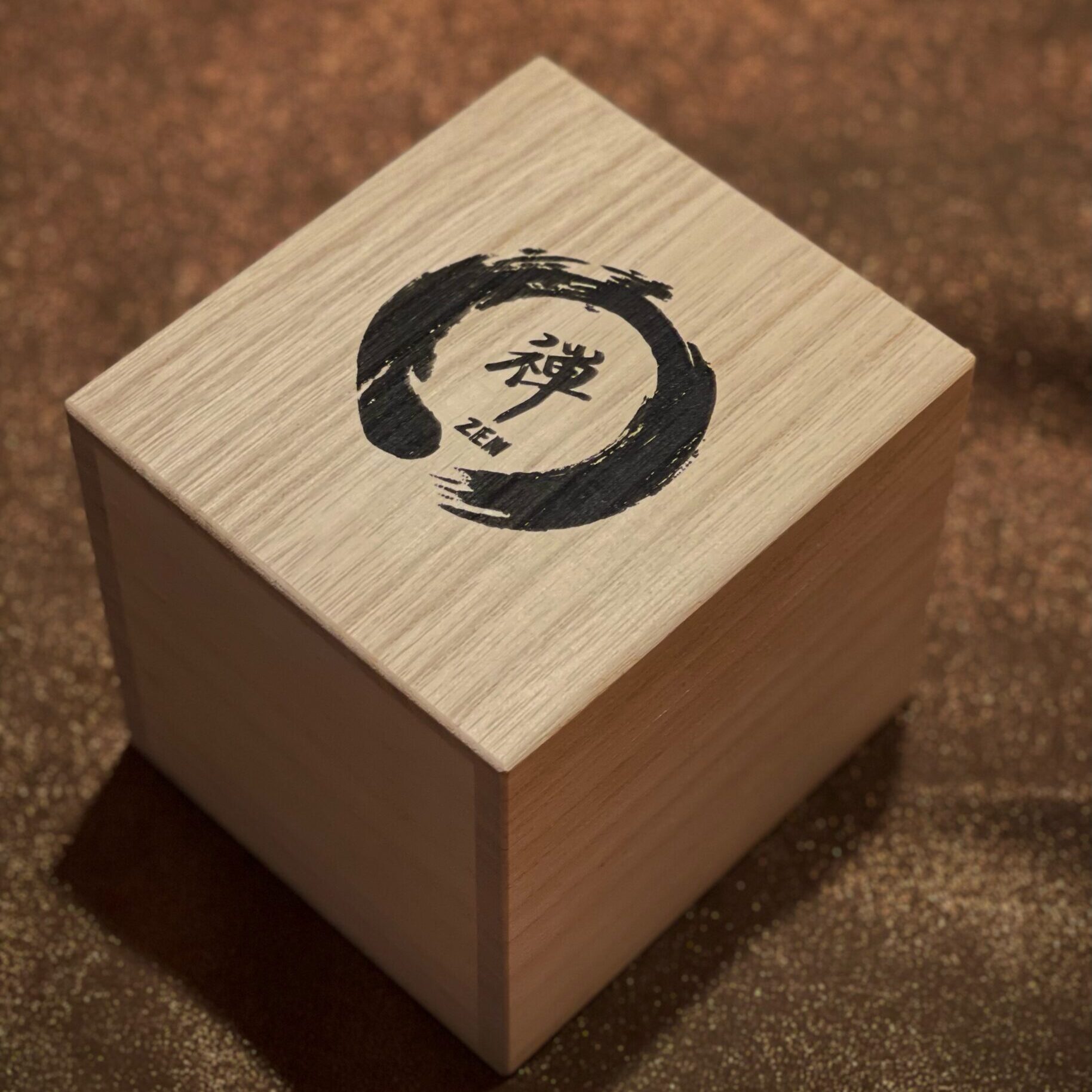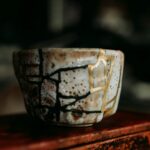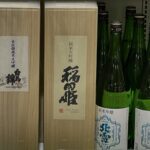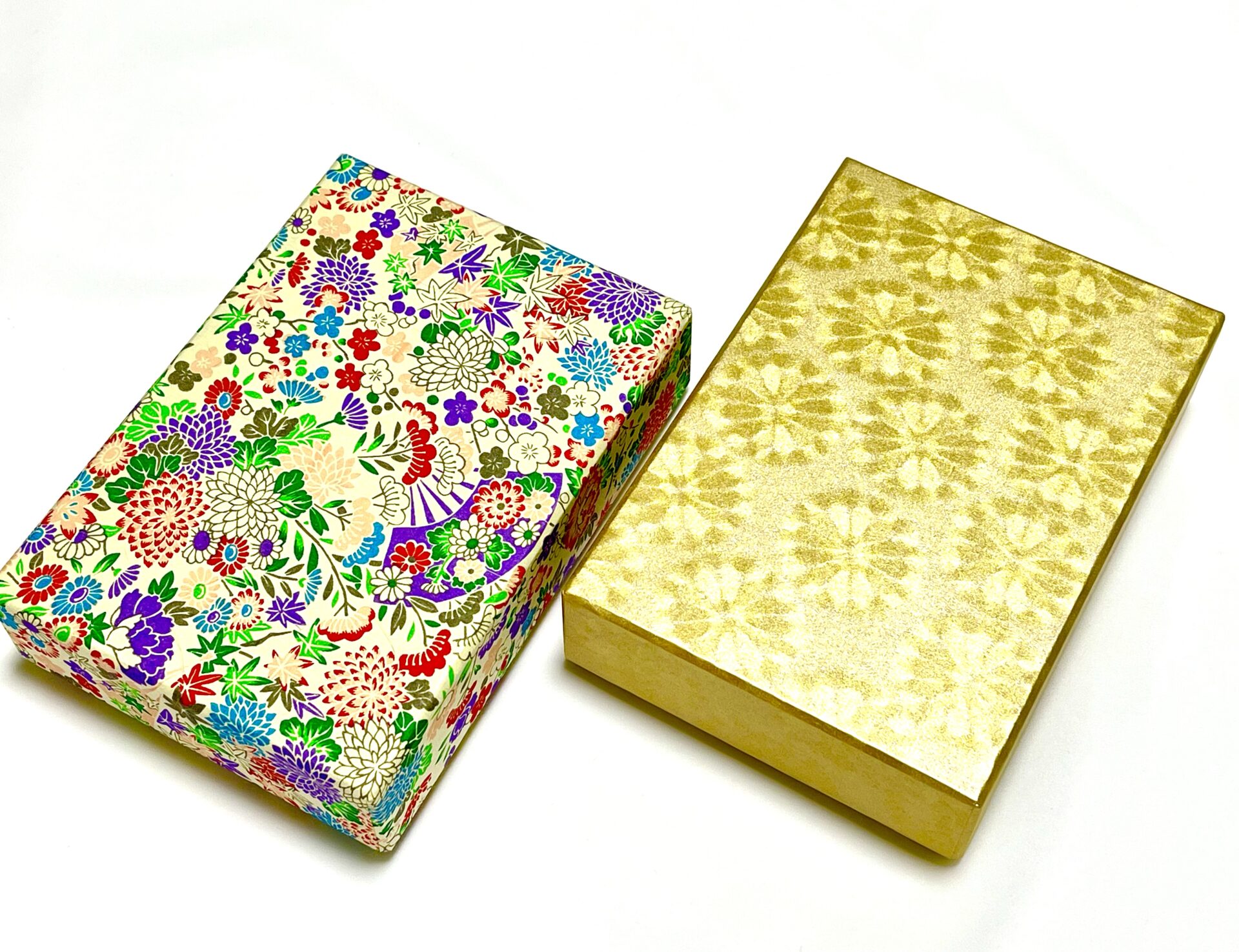
Kimono pattern "Washi" Paper Box
This boxes are made by pasting Washi paper, such as "Chiyogami", onto a paper box that has been formed using cardboard.

Kimono pattern "Chrimen" Crepe Fabric Box
"Chirimen" is a fabric with an uneven surface called crepe. It is a durable fabric that has been used for kimono since ancient times.

Japanese Wooden Box "Kiribako"
Paulownia wood has long been revered as a tree of good fortune and happiness. Since ancient times, Japan has had a culture of storing important items in paulownia wooden boxes called "KIRIBAKO".
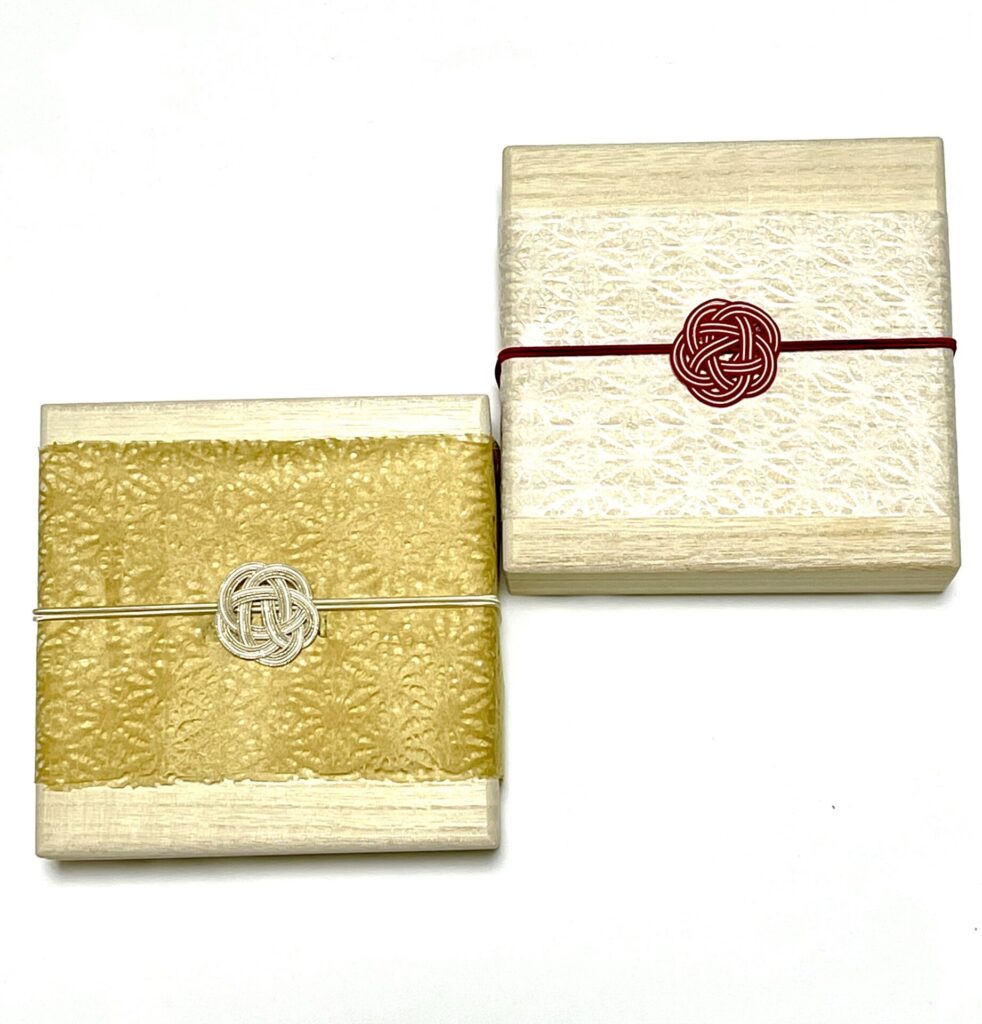
Wrapping Option
Sanada Ribbon
It is said to have been named after Yukimura Sanada's father, Masayuki, who used it as a "strong and sturdy cord".
News & Information
- Excellent characteristics of paulownia wood that have made paulownia boxes "Kiribako" so valuable in JapanFast growing Paulownia trees take about 15 to 20 years to grow to the point where they can be used as a material after being planted. Generally speaking, it takes about 80 years for a cedar tree to grow and about 40 years for a pine tree. Paulownia wood can be used as lumber in a quarter to half of that time. In addition, paulownia trees can be cut down two or three times and still grow again. Since it can be converted into a resource quickly, using paulownia as a material eliminates the need to cut down trees that take a long time to recover. In other words, by […]
- Types of autograph "Hakogaki" on paulownia boxesThe first point in connoisseurship of tea utensils is the paulownia box. It may seem surprising, by looking at the condition of the paulownia box rather than the product, you can get some idea of what the product inside looks like. Types of "Hakogaki" There are three main types of "Hakogaki", They are called "Kakitsuke-bako," "Kiwame-bako," and "Tomobako" "Kakituke-bako" This is a paulownia box autopraphed by a person of authority, such as a head of a tea ceremony party or a high priest, writes the name of the work of art. "Kiwame-box" A professional connoisseur (in the case of Raku tea bowls, Raku Kichizaemon of the present generation) has appraised […]
- Why is "Yakimono" Japanese pottery and porcelain so attractive?Japanese ceramics are highly regarded not only for their role in serving as vessels, but also as crafts. What is the background behind the fact that pottery has flourished so much in Japan and is loved by so many people? The starting point of its appeal is the diversity that has emerged from its long history. Japanese pottery began more than 10,000 years ago with Jomon earthenware. From there, it developed along with the rice culture during the Yayoi period(c. 300 BCE - 300 CE), resulting in Yayoi earthenware with simple shapes and patterns. Pottery has been used in the daily lives of the Japanese people since that time. Such […]
- Japanese gift packagingBecause of paulownia's excellent properties (lightness, humidity control, fire resistance, insect resistance, etc.), paulownia boxes " Kiribako " have been used for packaging and storage of traditional crafts, beginning with Buddhist ritual utensils, tea ceremony accessories, kimonos, and other items. It has been used from the Heian period (794-1185) to the present. Since Kiribako and autograph on boxes also play a role in determining whether the items are genuine or not, the perception that "paulownia boxed = expensive" has taken root in Japanese culture. Because of this cultural background, the use of Kiribako became popular not only for crafts but also for Japanese gift packaging few decades ago. For example, […]
- About paulownia "Kiri"Characteristic of paulownia Paulownia is a hardwood tree belonging to the family Gramineae. It is a fast-growing tree that can produce wood in a short period of time. It is planted not only in Japan but also overseas as a horticultural tree because of its early growth and beautiful flowers. Also it is the lightest (lowest density) wood in Japan, and has excellent heat insulation and humidity control properties, as well as low shrinkage and swelling rates and low distortion as wood. Among Japanese wooden furniture, paulownia chests are particularly outstanding. History of paulownia and human society in Japan In Japan, there are several emblems based on the white paulownia […]

